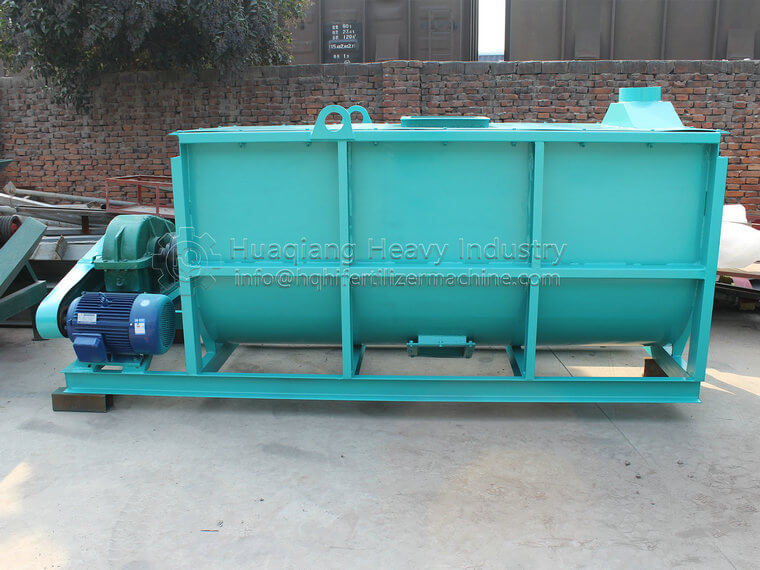Process flow of processing granular organic fertilizer in organic fertilizer production line
The process flow of processing granular organic fertilizers in organic fertilizer production lines usually includes multiple key steps aimed at converting organic raw materials into high-quality granular organic fertilizers. The following is the general process flow for processing granular organic fertilizer on an organic fertilizer production line:
Raw material pretreatment:
Collection and classification: Collect various organic raw materials, such as livestock manure, crop straw, food processing waste, etc., and classify them.
Crushing and mixing: Crushing the raw materials for subsequent fermentation and granulation. Then mix the crushed raw materials in a certain proportion to ensure balanced nutritional content.
Fermentation:
Composting fermentation: The mixed raw materials are stacked into a fermentation pile, which is then flipped using equipment such as a chain plate flipping machine. The temperature and humidity are controlled to promote the decomposition and fermentation of organic matter. The fermentation process can be aerobic fermentation or anaerobic fermentation, and the appropriate fermentation method should be selected based on the type of raw materials and the characteristics of the target fertilizer.
Fermentation cycle control: Based on the characteristics of the raw materials and the quality of the target fertilizer, the fermentation cycle is controlled, usually ranging from several weeks to several months.
dry:
Preliminary drying: The fermented material needs to undergo preliminary drying to reduce moisture content and facilitate subsequent granulation. Drying can be done through natural air drying or using a dryer.
Granulation:
Raw material pre wetting: According to the requirements of the granulator, pre wet the dried material and adjust its moisture content to facilitate granulation.
Granulation: Use granulators, such as drum granulators or disc granulators, to process pre wetted materials into granules. The granulator forms uniform particles of powdered raw materials through physical extrusion or chemical bonding.
Particle screening: After granulation, use a screening machine to screen the particles, remove unqualified particles, and ensure uniform particle size of the product.
Cooling and coating (optional):
Cooling: After granulation, the particles need to be cooled to room temperature to prevent clumping due to high temperature during storage and transportation.
Coating: In order to improve the storage stability and appearance of fertilizers, the cooled particles can be coated with organic or inorganic materials such as paraffin, organic acids, microbial agents, etc.
Finished product packaging:
Weighing and packaging: Weigh the cooled and coated granular organic fertilizer according to standard weight, then pack it into a packaging bag, seal it, and prepare it for sale or storage.
quality testing:
Finished product inspection: Conduct quality inspection on packaged organic fertilizers to ensure that the products meet national standards and industry requirements, including nutritional composition, microbial indicators, moisture content, etc.
Through the above process, organic raw materials are converted into high-quality granular organic fertilizers, which not only improve the physical properties and application effects of fertilizers, but also promote the resource utilization of agricultural waste, which is of great significance for the sustainable development of agriculture.


.jpg)


.jpg)

.jpg)
